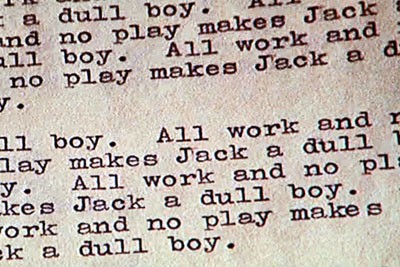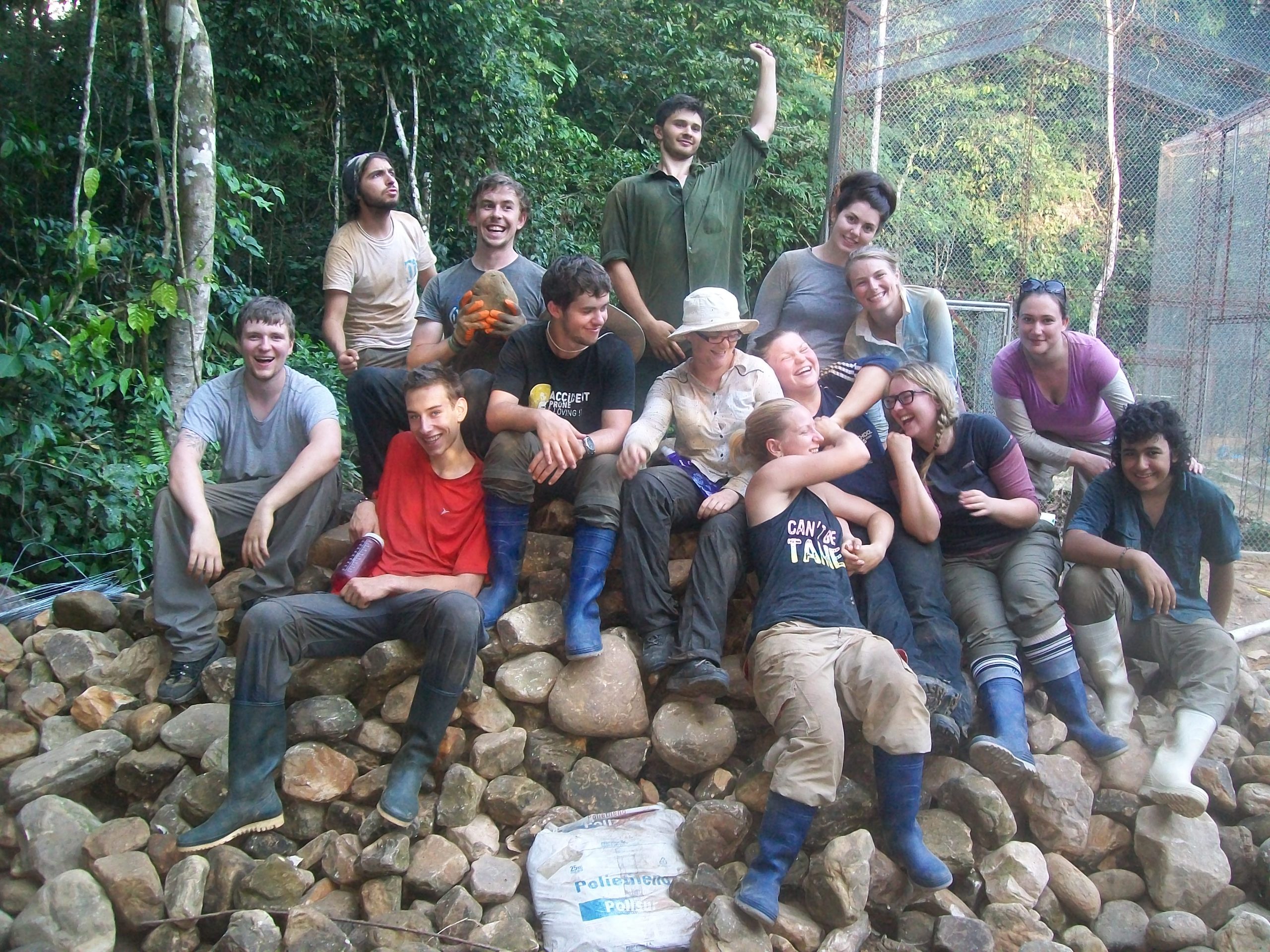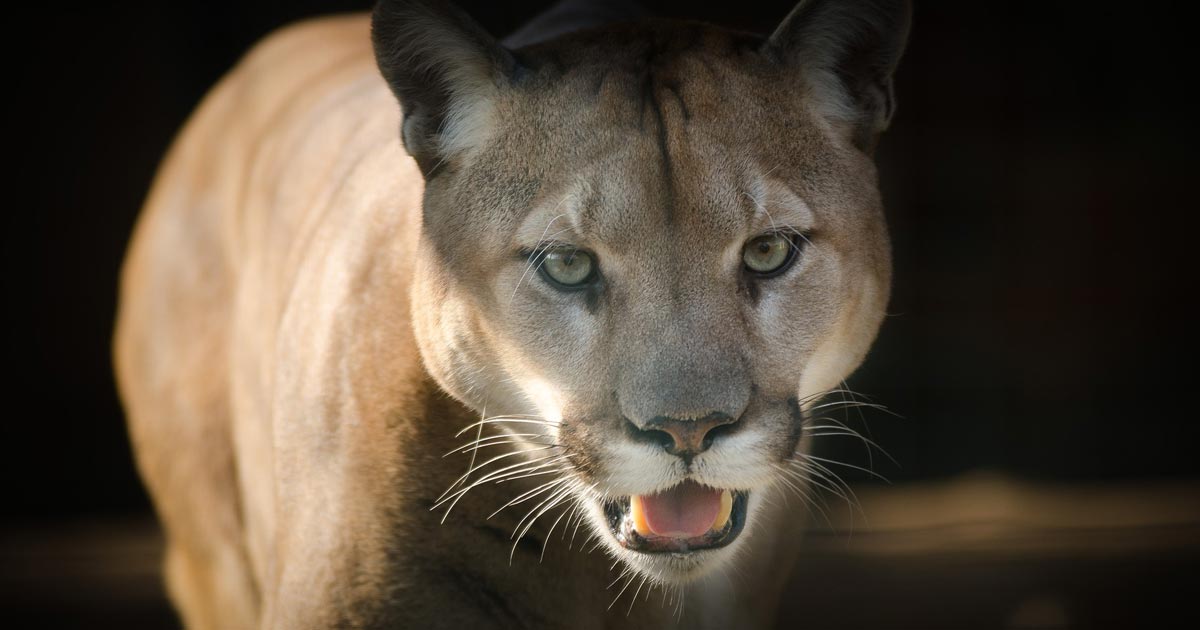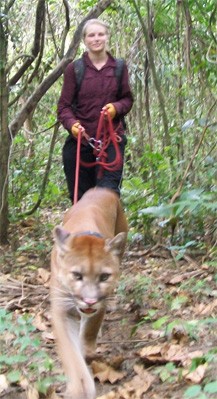
Lectures on legislation regarding veterinary-related issues are never the most interesting, often involving endless lists of dates and figures, but the Pet Travel Scheme (PETS) lecture this week had a slight edge to it.
Among other important factors, such as microchipping and documentation, the focus was quite obviously on the recent changes to the rules regarding rabies.
It was evident that abolishing the blood test was not a great move in the opinion of this particular lecturer. But he’s not alone – there seems to be a ripple of discomfort throughout the veterinary community in response to the new regulations.
Pets are now free to travel within the EU just 21 days after having received one dose of the rabies vaccine, despite the incubation period of rabies being up to three months.
Although Defra claims the risk of rabies entering the UK is still very low, there still seems to be an underlying concern within the veterinary world.
It has been proposed that the potential increase in risk of exposure to rabies means that vets should be routinely receiving the rabies vaccination.
I myself have had a course of rabies vaccinations. Not because I’m a vet student, but because I was travelling in South America, where there was a possibility of coming into contact with rabid animals.
However, my understanding is that the vaccine does not prevent you developing rabies if bitten, but just puts it off for 24hrs, to give you time to get back to the UK to be appropriately treated. With this in mind, would providing the vaccine for those working in the veterinary profession in the UK be of any benefit if it is purely used to “buy time”?
I’m not convinced that vaccinating vets would be an effective measure to take, but we must now include rabies as one of our differential diagnoses and be open to the possibility (however slim) of being presented with rabid animals in practice. Perhaps more advice about the risks and clinical signs of rabies would put the minds of vets and owners alike at rest.








 It has been suggested that the restricted number of graduates being able to go directly into clinical practice would mean that more veterinary students would be encouraged to take a different career route (research or veterinary education, for example). But if the aim is not to produce veterinary professionals, why not instead increase the intake on veterinary biosciences courses for those more interested in research?
It has been suggested that the restricted number of graduates being able to go directly into clinical practice would mean that more veterinary students would be encouraged to take a different career route (research or veterinary education, for example). But if the aim is not to produce veterinary professionals, why not instead increase the intake on veterinary biosciences courses for those more interested in research?











